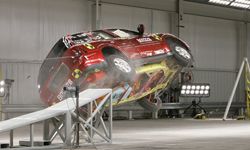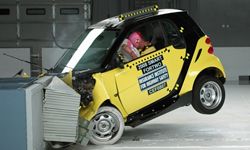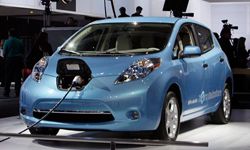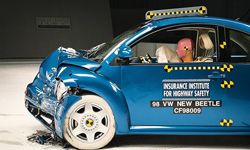Each year, car enthusiasts salivate at the prospect of seeing what bleeding-edge designs automakers will unveil on the car show circuit. Those same enthusiasts are often disappointed when the amazing concepts still haven't made it to the auto dealer's showroom floor several years later.
But before any new car model can ever go on sale to the public, it must first undergo a battery of testing to make sure it'll be safe, reliable and reasonably in tune with the demands of the motoring public.
Advertisement
The government demands some of this testing, while other major components of it are devised by the car companies themselves in an effort to ensure they meet specific standards for performance, fuel economy, comfort and other measures.
The popular conception of car testing is pretty narrow -- sure, most of us are familiar with the slow-motion crash-test videos that companies run in commercials to advertise their cars' safety. And if you're a performance car fan, you're no doubt familiar with scenes of sleek muscle machines gobbling asphalt on winding road-course tracks in Germany or Japan.
But car testing is much more. There are aspects of it that you might find surprising, quirky or even downright bizarre. It's with these not-so-well-known areas of car testing in mind that we offer you these 5 things you didn't know about car testing. These factoids not only make great cocktail party conversation, but you'll also gain a much greater appreciation for the untold numbers of cars that gave their lives, so that you could drive your vehicle.





